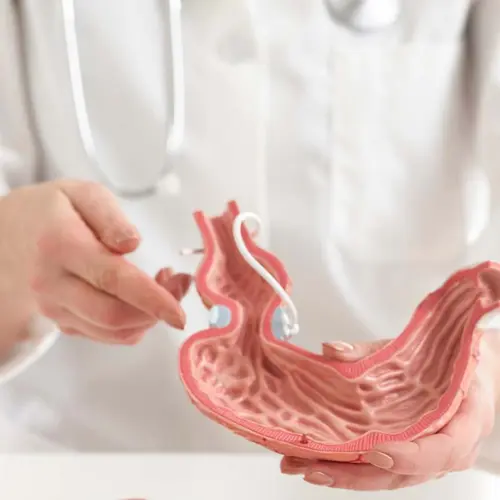Table of Contents
Urethral stricture is a condition that the tube carrying the urine out of the body is narrowed and as a result, restricts the urinary flow. Unusual urinary symptoms or difficulties urinating may be indicative of a urethral stricture, where scar tissue narrows the urethra. Responsible for transporting urine from the bladder, a constricted urethra can lead to discomfort.
Symptoms of urethral stricture include decreased urine flow, difficulty emptying the bladder, frequent urination, and discomfort. If left untreated, it can cause bladder and kidney problems. Treatment options include dilation, stent placement, and surgical correction, depending on severity. It is vital to seek prompt medical attention for symptom control and prevention of further problems.
In this article, we will mention what a urethral stricture is and what causes urethral stricture. In the second part, you can read about the symptoms of urethral stricture and how urethral stricture is treated.
What Is a Urethral Stricture?
Unusual urinary symptoms or difficulty urinating may indicate urethral stricture. Responsible for carrying urine from the bladder to the tip of the penis, the urethra passes through the prostate gland and the base of the penis. If scar tissue forms in the urethral lining, narrowing the hole and obstructing the flow of urine, this is known as a urethral stricture.
This can cause a slow urine flow and difficulty emptying the bladder. The need to urinate and discomfort may occur at short intervals. An untreated urethral stricture may cause permanent bladder damage, recurrent urinary tract infections UTIsI), blood in the urine, and urine accumulation in the kidneys over time. In some cases, it may even cause kidney damage. It is essential to seek timely medical attention and to begin treatment of urethral strictures as soon as possible to avoid potential complications.
What Causes Urethral Stricture?
Urethral stricture, characterized by the narrowing of the urethra, is usually caused by the presence of tissue inflammation or scar tissue. Various factors can lead to scar tissue formation. In addition, the causes of urethral stricture male and female urethral stricture can be different because of the anatomic differences.
Urethral stricture is more common in young men who have had hypospadias surgery to correct an underdeveloped urethra and in men with penile implants.
Common triggers can be traumas near the scrotum, pelvic fractures, and radiation exposure. Rarely, tumors located close to the urethra, untreated or recurrent urinary tract infections, and sexually transmitted infections are added to these factors. Familiarity with these potential causes is crucial for the diagnosis, treatment, and prevention of urethral strictures.
What Are the Symptoms of Urethral Stricture?
Urethral stricture manifests itself through the narrowing of the urethra and leads to a range of unpleasant symptoms. Prompt identification of these symptoms is crucial for accurate diagnosis and effective treatment.
Some of the symptoms of urethral stricture can be lined up as below:
Decreased urine flow: Significant weakening of the urine flow during urination is usually suggestive of urethral stricture.
Incomplete Bladder Emptying: Struggling to empty the bladder after urinating can be a sign of urethral stricture.
Diverted urine spray: Urine flow may deviate in more than one direction due to the narrowed pathway caused by the stricture.
Difficulty urinating: Uncomfortable sensations, pain, or effort while urinating can be seen as a sign of urethral stricture.
Increased urge and frequency: An intense urgency to urinate more frequently with decreased volume may indicate the presence of the condition.
Susceptibility to urinary tract infection: Recurrent urinary tract infections can result from difficulty emptying the bladder.
Prompt recognition of urethral stricture symptoms is crucial for the initiation of timely medical consultation. Timely diagnosis and intervention can prevent complications and improve overall quality of life.
If any of these indications occur, medical advice may be required to facilitate a comprehensive assessment and an individualized treatment approach.
How Is Urethral Stricture Treated?
A wide variety of options are available when it comes to treating urethral strictures, each tailored to the severity of the condition and individual needs.
Some non-surgical approaches can be listed as follows:
Dilation: Enlarging the urethra with dilators in an outpatient setting may improve urine flow over time.
Urinary catheter: In severe cases, an indwelling catheter may be considered despite the risks of bladder irritation and infection.
Some of the surgical solutions can be lined up as below:
Open urethroplasty: Excluding extensive and severe strictures, this surgery includes tissue removal and urethral reconstruction.
Urine flow diversion: In extreme cases, urinary diversion surgery diverts urine into the abdominal opening using the intestines for connection.




















